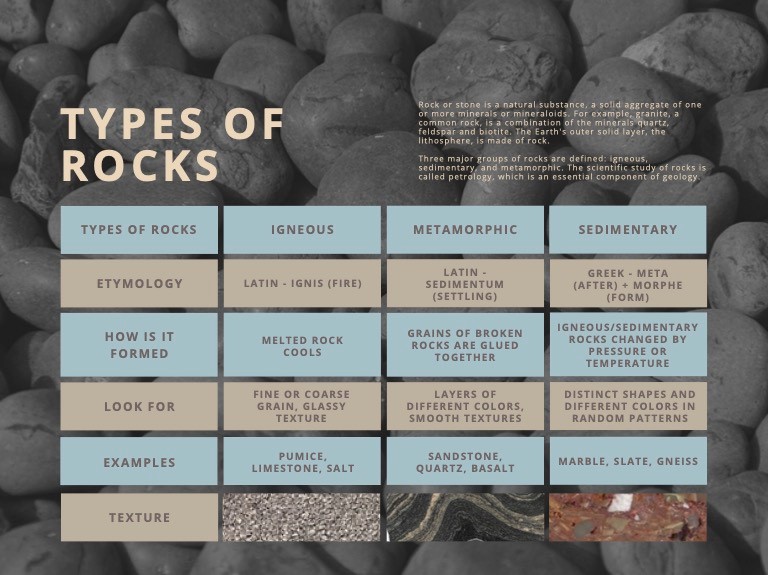We know that kids are natural scientists, engineers and mathematicians. Keeping them engaged and learning at home and in our communities helps to build on their natural curiosity and see opportunities for learning in their everyday surroundings. As part of our Bringing STEM Home series, we’ve come up with easy, free or low cost at-home activities and experiments for learners in K-8th grade.
With Earth science, we know that rocks are sources of lots of information! With this activity, our learners will begin to decipher what rocks can tell them.For this activity, you’ll need:
→ As many different kinds of rocks as you can get your hands on, ideally some limestone. You can find pebbles and limestone naturally at beaches and parks, or you can buy small bags of gardening pebbles from a store like Lowe’s!
→ Pen or pencil
→ Paper or notebook
→ Optional: A magnifying glass, clear containers to place the rocks in, plain white vinegar
Skills developed & learning goals:
→ Classification and identification
→ Critical thinking
→ Conducting a basic experiment
Directions:
Using a magnifying glass, if you have one, examine each rock. In beach rocks, you can sometimes find pieces of shells. In some rocks, crystal structures form and in others, you can see layers of different colors from the time the rock spent forming.
There are three types of rocks: metamorphic, sedimentary and igneous. Using our identification chart below, see how many rocks you can identify!

Metamorphic rocks are formed by sustained heat and pressure and include rocks like marble, slate and quartzite.
Sedimentary rocks include sandstone, limestone and shale. These types of rocks are formed quickly under heat and pressure, suspending particles like sand inside.
Igneous rocks are formed when magma or lava cools down. These can be shiny or full of rough little holes, like obsidian or pumice.
As a bonus experiment, you can test to see if any of your stones are limestone by submerging them in vinegar! Limestone is a type of sedimentary rock known for tiny air holes that make it extremely porous. Vinegar reacts with the rocks and these holes to create fizzy bubbles! How many limestone rocks did you find?
For more STEM at-home family fun this summer, explore our EiE Family & STEM Events.








